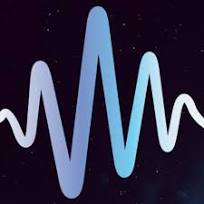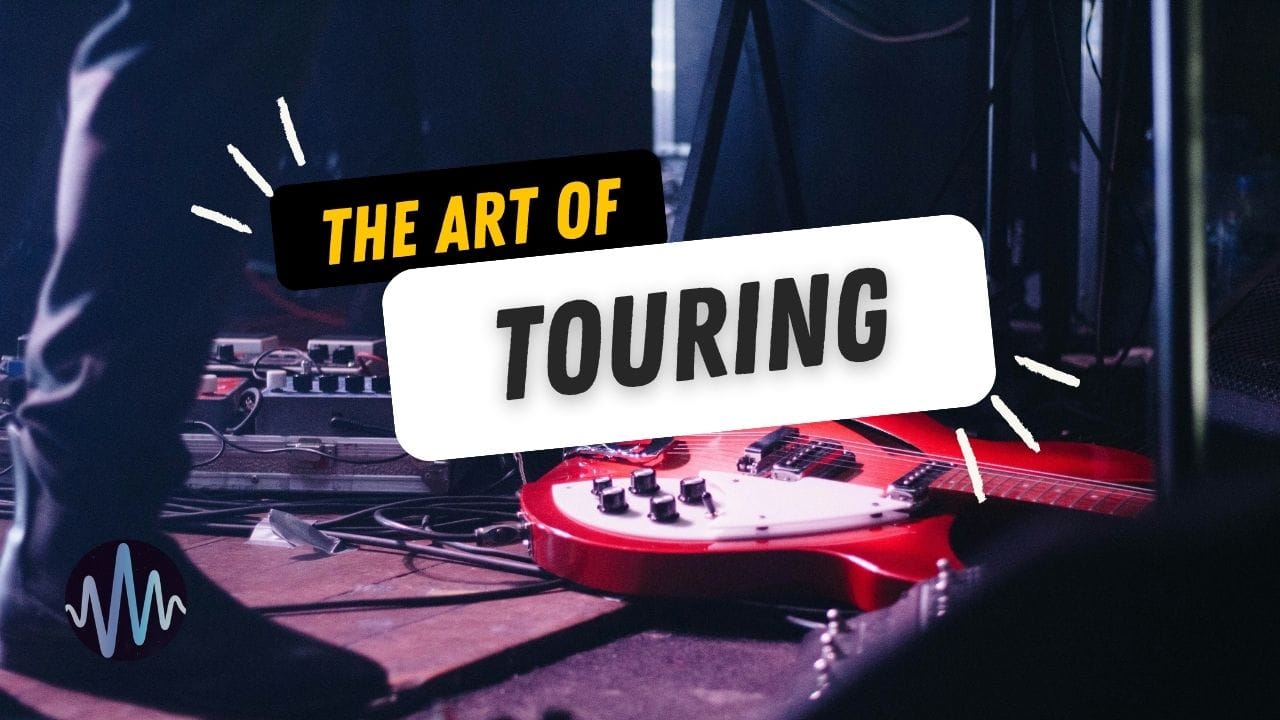Psychedelic sounds have long captivated audiences, offering an escape into a sonic world that defies the ordinary. From the lush soundscapes of Pink Floyd to the modern explorations in electronic music, the quest for these mind-bending tones continues. In this tutorial, we'll dive into how to make anything sound psychedelic using a simple guitar loop as our example. The process, however, applies to virtually any sound source.
Starting with the Basics: The Guitar Loop
In our video tutorial (above) a guitar loop from Sample Focus was used for demonstration. The choice of sound source is crucial; a clean, well-recorded loop serves as the best canvas for our psychedelic paint.
Step 1: Applying the Phaser
First, let's navigate to our effects section and look for a phaser/flanger. Place it on the phaser mode. Here are some example settings:
- Dry/Wet: 40%
- Rate: 1.5 Hz
- Amount: 75%
- Feedback: Around 70%
These settings provide a swirling, fluid texture, essential for a psychedelic feel. Play around with these to match your taste, but these values offer a good starting point.
Step 2: Adding a Flanger
Next, we add another phaser/flanger, this time setting it to flanger mode. The settings here can be more subjective, but here's what we suggest:
- Delay Time: 7 milliseconds
- Rate: 1 Hz
- Amount: 15%
- Feedback: 80%
- Dry/Wet: 25%
The flanger introduces a spacey, whooshing effect, complementing the phaser's swirl with its own unique character.
Step 3: EQ and Reverb Adjustments
After applying these effects, some frequencies might become too pronounced. Use an EQ to attenuate any harsh or unwanted frequencies. Following that, add a small touch of reverb. This helps in blending the effects seamlessly, creating a more cohesive psychedelic sound.
Optional: Adding Delay
For an extra layer of psychedelia, consider adding some delay. Experiment with different time settings and feedback levels to find what best suits your sound.
Pro Tip: Create an Effect Rack
A useful tip in most DAWs (Digital Audio Workstations): Select the first effect in your chain, hold shift, and then select the last one. Use Ctrl+G (or Command+G on Mac) to group them into an effect rack. This allows you to save and reuse these settings on different sounds, maintaining consistency in your psychedelic effects.
Experimenting with Alternatives: Chorus
If you're looking for a variation, replacing the phaser and flanger with a chorus effect can yield a dreamier, more ethereal sound. The chorus effect, known for its lush, shimmering quality, can add another dimension to your psychedelic palette.
Explore and Expand Your Sound Library
Remember, the key to unique and captivating psychedelic sounds lies in experimentation. Explore different sources, like the extensive library at Sample Focus, which offers a vast range of sounds to experiment with, from guitars to drums, across various genres.
Final Words
Psychedelic sound design is an art that blends creativity with technical know-how. By following these steps and experimenting with your own variations, you can transform any sound into a psychedelic experience. Whether you're looking to recreate the vintage sounds of the '60s or forge new sonic territories, the tools and techniques outlined here are your gateway to an expansive world of auditory exploration.







Comments